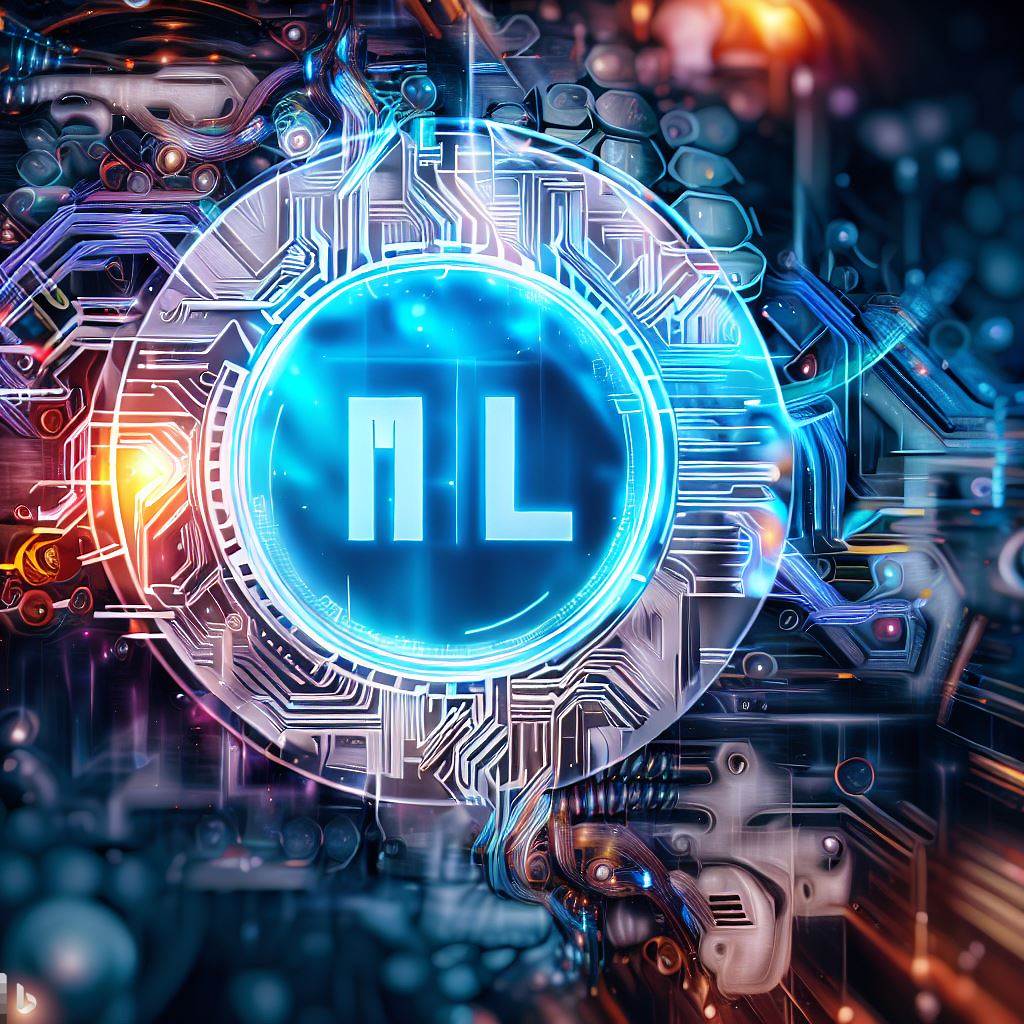
Machine Learning (ML), a subset of Artificial Intelligence (AI), is the science of enabling computers to learn from data, adapt, and make decisions without being explicitly programmed for specific tasks. The rapid advancements in ML are shaping the future of industries and our daily lives. Here’s a look at the expected evolution of ML:
1. Federated Learning:
- Instead of centralizing data for training, federated learning allows ML models to be trained locally on devices (like smartphones). This approach can address privacy concerns and reduce data transfer requirements.
2. AutoML and Neural Architecture Search:
- Automating the process of ML model design will allow even non-experts to develop robust ML systems. This democratization will make ML accessible to more people and industries.
3. Explainable AI (XAI):
- As ML models become more complex, the need for transparency and interpretability grows. Efforts in XAI aim to make ML decisions understandable to humans.
4. Reinforcement Learning:
- This learning paradigm, inspired by behavioral psychology, will continue to gain traction, especially in areas like robotics, gaming, and real-time decision-making.
5. Transfer Learning:
- Training models on one task and adapting them for another can save computational resources and time. This technique will be crucial in leveraging pre-trained models for new applications.
6. Edge Machine Learning:
- Running ML models on local devices (edge devices) instead of centralized servers can reduce latency, enhance privacy, and allow real-time operations, especially vital for IoT.
7. Robust and Adversarial Learning:
- As ML systems are deployed in critical applications, ensuring their resilience against adversarial attacks (deliberate attempts to fool the model) becomes paramount.
8. Multimodal Learning:
- Integrating information from various data sources and modalities (like vision and audio) will lead to more robust and versatile models.
9. Lifelong and Continual Learning:
- Instead of static models, future ML systems will continuously learn and adapt to new data over time, mimicking human learning more closely.
10. Integration with Quantum Computing:
- Quantum machines can provide computational advantages in certain problems. Integrating quantum algorithms with ML can lead to faster training and more powerful models.
11. Energy-Efficient ML:
- With billions of devices expected to run ML algorithms, making models energy-efficient will be crucial for sustainability.
12. ML in Healthcare:
- Beyond image recognition, ML will play a vital role in drug discovery, personalized treatment plans, and predicting patient outcomes.
13. Ethical Considerations:
- The rise of ML brings concerns about bias, fairness, and transparency. The ML community will focus more on ethical training and deployment of models.
14. Synthetic Data Generation:
- Creating artificial datasets using ML can help in scenarios where real data is scarce or sensitive.
15. Cross-disciplinary Integration:
- ML will increasingly merge with fields like biology, arts, and economics, leading to interdisciplinary innovations.
The potential of ML is vast, but realizing it fully will require addressing challenges related to data privacy, model robustness, and ethical considerations. As technology and societal needs evolve, ML will undoubtedly play a central role in shaping our collective future.
